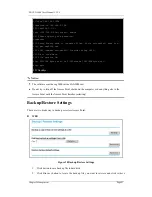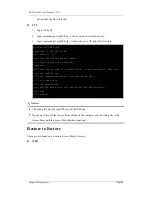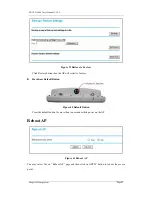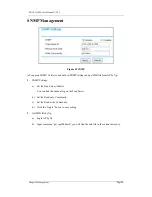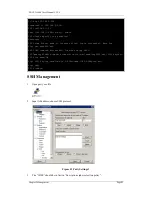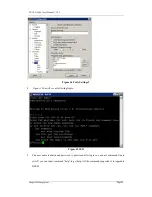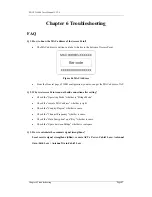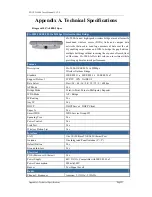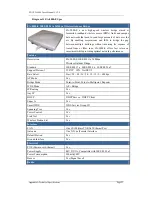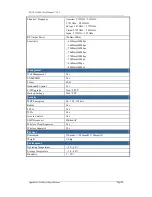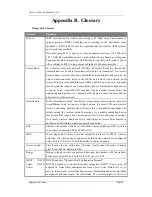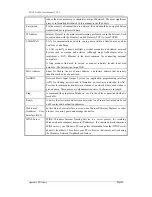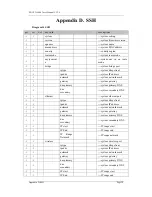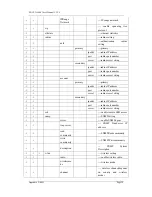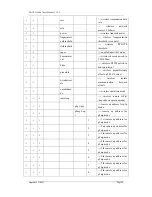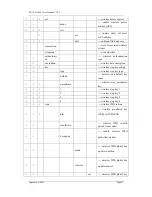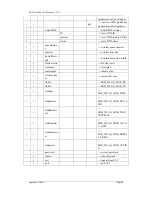
ZDC ZA-5000 User's Manual V2.2.5
Appendix B Glossary
Page 55
Appendix B.
Glossary
Diagram 12 Glossary
Glossary
Expiation
802.11a IEEE
specification for wireless networking at 54 Mbps using direct-sequence
spread-spectrum (DSSS) technology and operating in the unlicensed radio
spectrum at 5GHz. 802.11a provides specifications for wireless ATM systems
and is used in access hubs.
Networks using 802.11a operate at radio frequencies between 5.180 GHz and
5.825 GHz. The specification uses a modulation scheme known as orthogonal
frequency-division multiplexing (OFDM) that is especially well suited to use in
office settings. In 802.11a, data speeds as high as 54 Mbps are possible.
Access Point
In a wireless local area network (WLAN), an Access Point is a station that
transmits and receives data (sometimes referred to as a transceiver). An Access
Point connects users to other users within the network and also can serve as the
point of interconnection between the WLAN and a fixed wire network. Each
Access Point can serve multiple users within a defined network area; as people
move beyond the range of one Access Point, they are automatically handed over
to the next one. A small WLAN may only require a single Access Point; the
number required increases as a function of the number of network users and the
physical size of the network.
Infrastructure In
the
infrastructure mode, the wireless access point converts airwave data into
wired Ethernet data, acting as a bridge between the wired LAN and wireless
clients. Connecting multiple Access Points via a wired Ethernet backbone can
further extend the wireless network coverage. As a mobile computing device
moves out of the range of one access point, it moves into the range of another.
As a result, wireless clients can freely roam from one Access Point domain to
another and still maintain seamless network connection.
ESS
Short for the extended service set, One BSS or more builds one ESS. A station
can connect or roaming ESS by ESSID of AP.
WEP
Wired Equivalent Privacy is a data encryption protocol for 802.11 wireless
networks. All wireless nodes and access points on the network are configured
with a 64-bit, 128-bit or 152-bit Shared Key for data encryption.
Access Control
This function is only valid under AP mode, invalid under the mode of bridge
graft. Used in MAC address to filter.
Bridge
Bridge is the device that connects and transmits data packets with two subnets
by the same protocol and it works in the LLC layer of OSI.
DHCP
、
DHCP
Client
、
DHCP
Server
DHCP stands for "Dynamic Host Configuration Protocol".
DHCP's purpose is to enable individual computers (DHCP Client) on an IP
network to extract their configurations from a server (the 'DHCP server') or
servers, in particular, servers that have no exact information about the individual
computers until they request the information. The overall purpose of this is to

